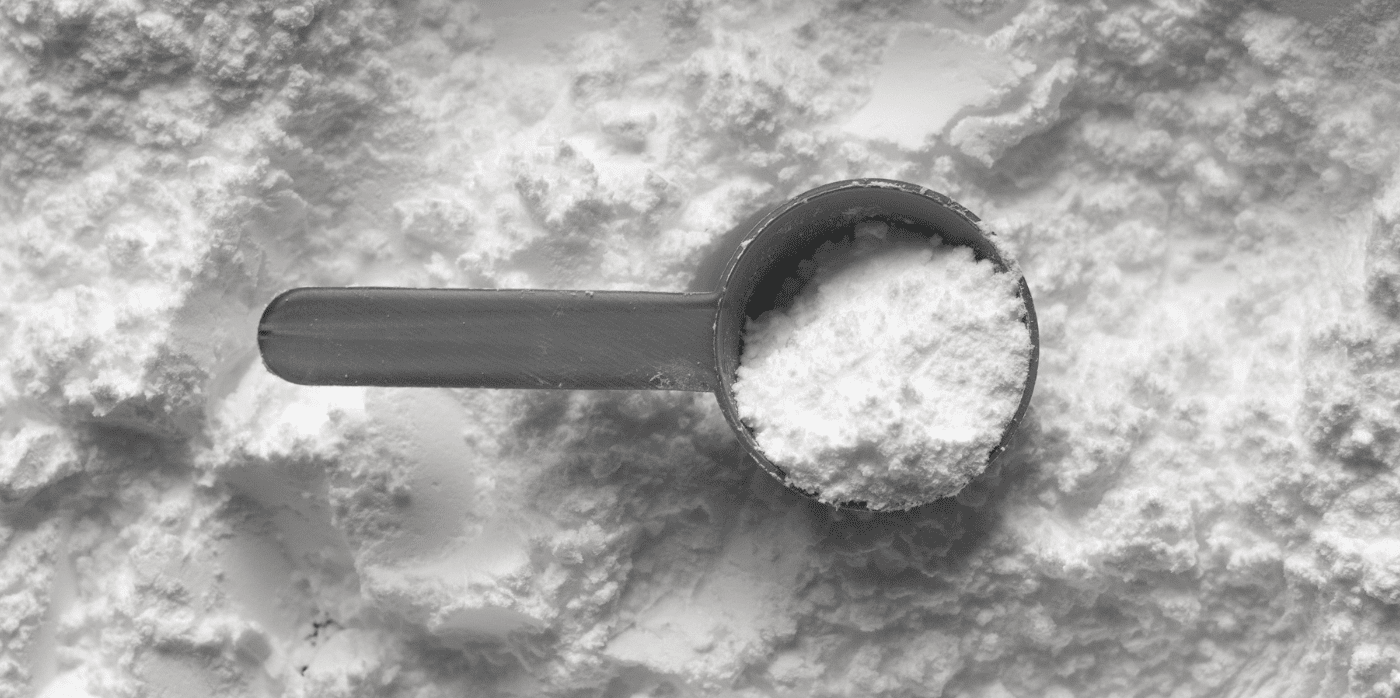A white pigment made of natural cellulose

Spotted: Believe it or not, some heavy metals are commonly used in foods and cosmetics. One of these is titanium dioxide (TiO2), used as a whitening and brightening pigment in everything from gum to plant-based chicken. While TiO2 has been banned from use in food products sold in the European Union (EU), it is still in use in Canada and the US. While there is no general consensus on the safety of TiO2, consumers are increasingly becoming wary of such additives. Luckily, there is now a substitute.
Swiss startup Impossible Materials has developed a cellulose-based alternative to TiO2. The company extracts the cellulose from biomaterials such as wood pulp and transforms it into a white pigment in a chemical process. The startup claims this process is more sustainable than current production processes for generating white pigments, and the material is also biodegradable, unlike other white pigments.
Impossible Materials has recently raised $3.8 million (around €3.4 million) from investors like Big Idea Ventures in a seed funding round. The money will be used to construct a pilot facility in Switzerland, expand the team, and work on market entry in food, cosmetics, and pharmaceuticals.
Andrew D. Ive, founder, Big Idea Ventures, explained: “Alternative protein products are getting better every day and it won’t be long until we can deliver consumers their traditional foods in more sustainable and climate friendly ways. Big Idea Ventures is investing in high quality and cost-effective supporting technologies that help accelerate consumer acceptance of alternative proteins.”
Pigment-based materials can often be unsustainable – using materials that are damaging to the environment and energy-intensive to manufacture. This is why Springwise has spotted several innovations aiming to create more sustainable pigments. These include an energy-saving paint inspired by butterflies and a non-toxic, biodegradable glitter.
Written By: Lisa Magloff

